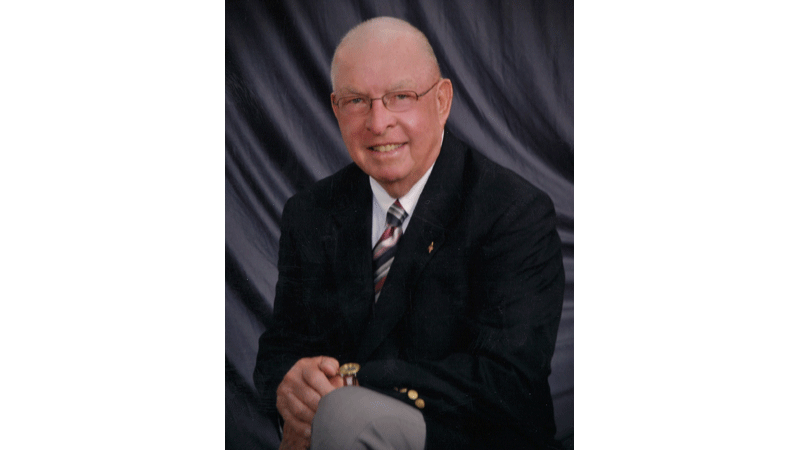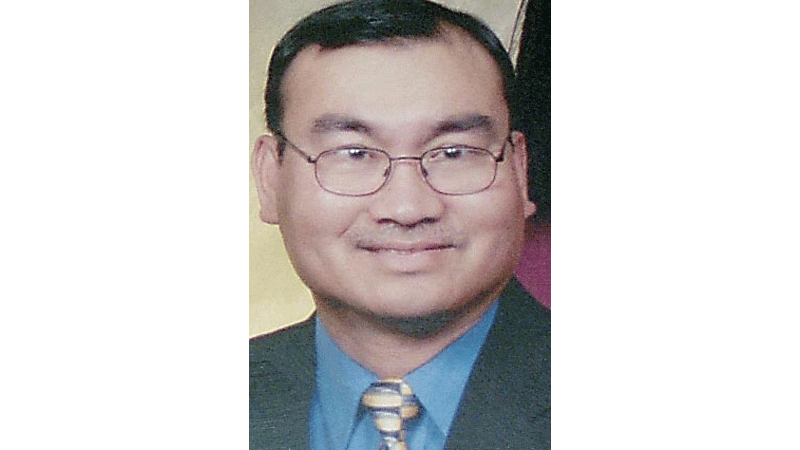On polio and pulling together
Published 12:39 pm Saturday, October 21, 2017
by Tom Purcell
She came home with a high temperature, feeling very ill. The next morning, her legs gave out when she tried to get out of bed. By that evening, she was so weak she could barely move.
It was 1951 when polio struck her. She was 12 years old, just starting the 8th grade. The nation was in a panic then. The ambulance driver wouldn’t take her to the hospital for fear other patients might become infected.
Her father told her not to worry. He said she had a new virus and called it “Virus X.” Her uncle had a car and he drove her to the hospital. She was placed in a ward with other children with polio. She found this odd. She told the nurse she didn’t have polio. She had Virus X — just like her father said.
The nurse nodded, but said there was a possibility it was polio. Now she was really worried — worried about her family. She wrote her parents a letter. She hinted that she may have polio, but that she’d be OK. Her father cried aloud when he read it.
The Health Department quarantined her family. They posted a notice on the front door of her home. For two weeks, the life span of the virus, no one was to visit. Only her father could leave to go to work.
Within two weeks, the polio had ravaged her body. Her arms and legs were in various degrees of paralysis. She could barely lift her head. She was relocated to the D.T. Watson Home for Crippled Children in Sewickley, Pennsylvania. Her long, painful rehabilitation would just begin.
It was one year before she could move back home. She wore leg braces and needed crutches to get around. Her school’s principal feared for her safety — he recommended she not return. But her father would have none of that. He was determined that she be treated no differently than anyone else, and she returned to school.
She did get help, though. Neighbors who had cars took turns transporting her. The school scheduled her classes so that she had to ascend the stairs only one time a day. Classmates carried her books.
Her rehab continued two years. She would need crutches the rest of her life, but her braces were finally off. Then one day, sick of depending on others, she decided to walk to school — a journey up a steep Pittsburgh hill more than one mile away. Her mother, worried, went with her that first day. It was a long, painful walk, but she did it.
And in time, she walked to school every day. In time, she was no different than anyone else. Like her sisters, she was beautiful, lively and full of wit. She had many friends. Her senior year, her classmates voted her Queen of Carrick High School for a spring track event. Eventually, she married and had four children (she now has seven grandchildren).
Her name then was Cece Hartner, my mother’s sister.
When she and others were suffering from polio, there was an abundance of fear and doubt in America. But the nation didn’t dwell on what was wrong. We did what Americans always do. We focused on the solution. The March of Dimes mobilized millions to raise money. A long line of researchers, including Dr. Jonas Salk, refused to accept defeat. Together, we won. On April 12, 1955, almost one year after the trial began, Salk’s vaccine was declared safe and effective.
It’s easy to hold clarity over events that took place more than a half century ago, but harder to do so in current times. We are in the midst of many challenges and the nation would appear to be divided. There are many negative voices dwelling on what is wrong. But I know we must pull together and dwell instead on what we can make right.
Just like my Aunt Cece did.
TOM PURCELL, author of “Misadventures of a 1970’s Childhood” and “Wicked Is the Whiskey,” a Sean McClanahan mystery novel, both available at Amazon.com, is a Pittsburgh Tribune-Review humor columnist and is nationally syndicated exclusively by Cagle Cartoons Inc. Send comments to Tom at Tom@TomPurcell.com.





